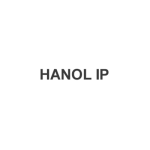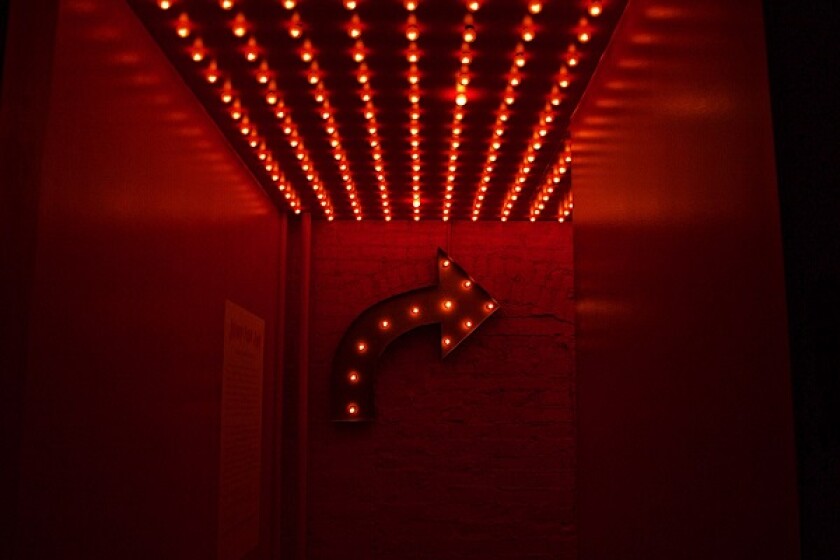In South Korea, a one-year grace period is allowed for certain novelty-destroying events before the filing date so as to be removed from prior art for novelty and inventive step. However, unlike other countries, South Korea does not acknowledge safeguards for missing deadlines as provided in the WIPO’s Patent Cooperation Treaty (PCT) rules. Understanding of the current South Korean practice may be helpful for anyone who is interested in patent filing in South Korea.
Grace period in South Korea
Eligible disclosures
In South Korea, the grace period covers:
A public disclosure by a person who is entitled to obtain a patent, i.e. an inventor, or his successor or assignee in title (applicant), ‘except’ for a patent laid-open publication or a patent publication in or outside of South Korea; and
A public disclosure made against the will of the inventor/applicant. Any type of disclosures (e.g. printed or online press releases or journals, disclosures on websites, display at an exhibition, sale of goods, etc.) can qualify.
It would be enough if at least one among ‘a plurality’ of inventors or applicants was involved in such disclosure. Even a disclosure by a third party can also qualify if it was made with the express or implied ‘permission’ of the inventor/applicant, e.g. the disclosures made via a press release, if it is proved that the inventor has contributed to the press release, and disclosures made by citing the invention with the inventor’s name in the journals or articles of non-inventor authors.
South Korean courts consider that the disclosure made by the will of the inventor/applicant suffices, and thus the inventor does not need to disclose the invention directly, or state it as his own invention at the time of disclosure (Patent Court Decision 2015Heo7308).
As for the disclosure made ‘against’ the will of the inventor/applicant, South Korean courts interpret that this refers to a disclosure intentionally or negligently made by the employees or agents of the inventor/applicant, or a disclosure caused by a third party’s appropriation of the invention, and a person claiming novelty relying on such ground has a burden of proving that the invention has been revealed or stolen against the will of the inventor/applicant (Supreme Court Decision 85Hu15, Patent Court Decisions 98Heo1747 and 2020Heo4990, etc.).
Although there are a number of cases where the legitimate owner of the invention successfully proved that his or her invention had been stolen, in general, it is difficult to prove that any act of disclosure was done ‘against one’s will’. As such, it is important to have systems ready to prevent potential idea theft.
Required procedures
In order to enjoy the grace period in South Korea, either (i) a PCT application; or (ii) a direct South Korean application must be filed within one year of the earlier ‘disclosure’ date, not the priority date.
The applicant should take additional steps indicating the intention to take advantage of the grace period at the time of filing, and submitting evidence showing (i) the disclosure date; (ii) the disclosing party; (iii) the type of disclosure; and (iv) the content of the disclosure within 30 days of the filing date.
For a PCT application to enter the South Korean national phase, such additional steps can be taken within 30 days from the 31-month deadline or from the date of filing a Request for Examination, whichever is earlier. Even if such additional steps were missed, it is possible to complete the same at a later date, e.g. when filing a voluntary amendment or a response to an office action, or within three months of receipt of a notice of allowance, with the payment of additional fees. However, the grace period cannot be claimed after the registration of a patent.
Meanwhile, the additional steps above are not required for claiming the grace period based on the disclosure made ’against’ the will of the inventor/applicant.
KIPO’s positions for safeguards under PCT
Restoration of priority
PCT rules allow an applicant to maintain the right of priority despite the failure to file the PCT application within the priority period. However, South Korea does not observe such rules (Rule 26bis.3(j), 49ter.1(g), and 49ter.2(h)). Therefore, even if the restoration of priority was accepted by the Receiving Office, the Korean Intellectual Property Office (KIPO) would not be bound by such decision, and there is no way to restore the priority when entering the South Korean national phase.
In that case, the effective filing date to establish the novelty and/or inventive step is moved to the next earliest priority date of the PCT application. Therefore, it is advisable to check if there is novelty- or inventiveness-destroying prior art publicly available before the next earliest priority date. Frequently, cases are patented despite the loss of priority right.
Rule 20.6 not observed
PCT rules accept the incorporation by reference of certain elements or parts, which enables the inclusion of accidentally omitted parts that are contained in the priority application without affecting the international filing date.
However, since KIPO does not observe Rule 20.6, if a PCT application with incorporation by reference enters the South Korean national phase, KIPO will issue a notice that the date of submission of the incorporated parts may be acknowledged as a new international filing date, which results in invalidation of the priority claim. In that case, there are two options for the applicant:
If i) the incorporated parts are regarded as pivotal; and ii) there is no novelty- or inventiveness-destroying prior art found between the priority date and the newly accorded international filing date, the applicant can choose to ‘maintain’ the incorporation by reference by taking no action in response to KIPO’s notice.
Alternatively, if i) the specification is sufficiently clear and complete to support and enable the claims in the absence of the incorporated parts; and ii) it is important to save the priority, the applicant can choose to ‘withdraw’ the incorporation by reference and file an amendment to delete the incorporated parts so as to retain the original international filing date.
If the incorporated parts are related to the technical effect of the invention, it may be possible to submit the same as evidence to address an inventive step issue, if necessary. Further, it is advisable to review whether the incorporated parts may be considered as added new matter under South Korean practice and decide whether to file a voluntary amendment to reflect the incorporated parts.
Reinstatement of rights
According to PCT Rule 49.6, the applicant can request reinstatement of rights despite the failure to meet the national phase deadline. However, KIPO does not observe such rule, and thus, in such case, it is not possible to request late national phase entry or revive the PCT application.
Although KIPO has announced measures to remedy some missed deadlines due to COVID-19-related reasons, such measures are not applicable to the 31-month deadline for South Korean national phase entry.
Under the circumstances, the applicant may consider filing a new application with some modifications in South Korea. If an unexpected improvement can be achieved by way of such modification, the chances of overcoming a possible inventive step rejection may improve.
Meeting the national filing deadline of the patent application is the most important point in foreign prosecution. South Korea seems to be generous in providing grace period, but is somewhat strict against missing national entry deadlines. For pharmaceutical companies, if the invention is directed to a certain marketing-authorised medicine but has missed the national entry deadline, it is worth keeping in mind that de facto data exclusivity may be available even without patent protection (for data exclusivity, please refer to our previous article).
Min Son, PhD
Managing partner, Hanol IP & Law











